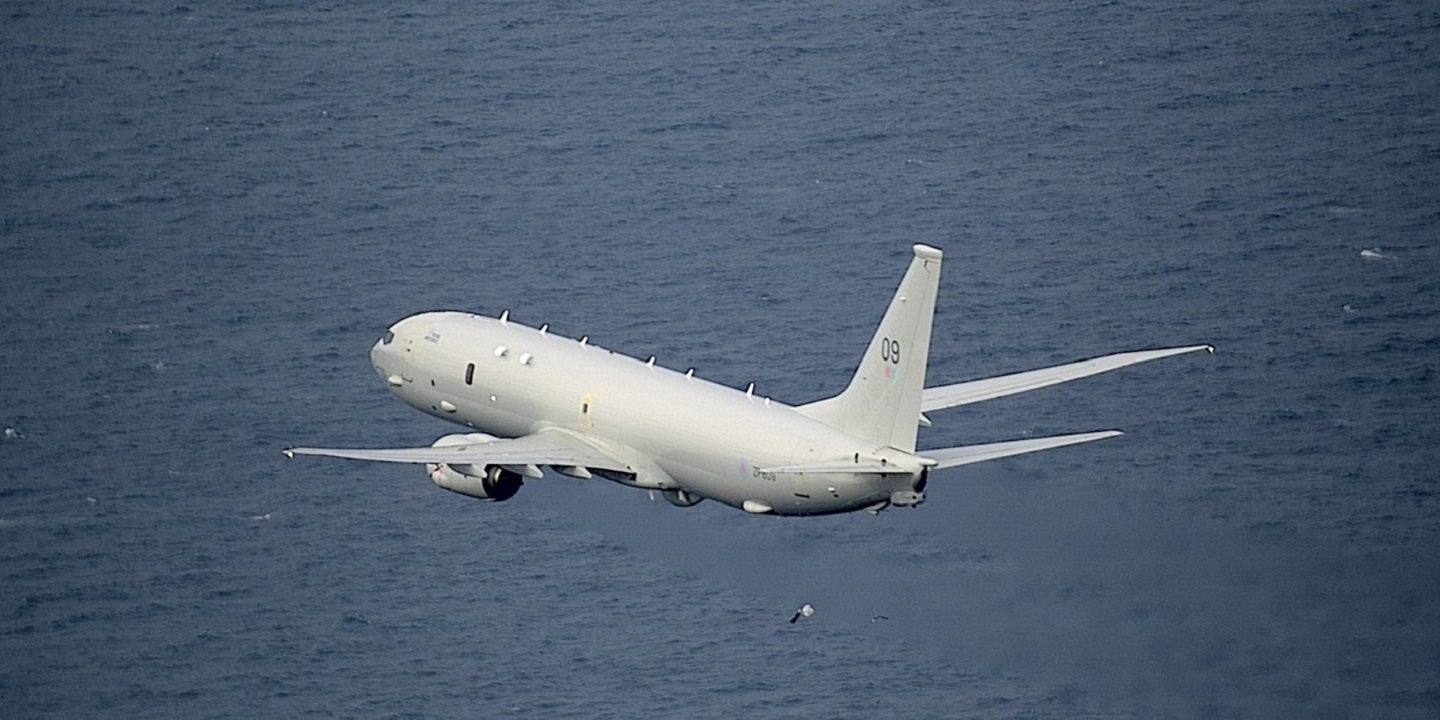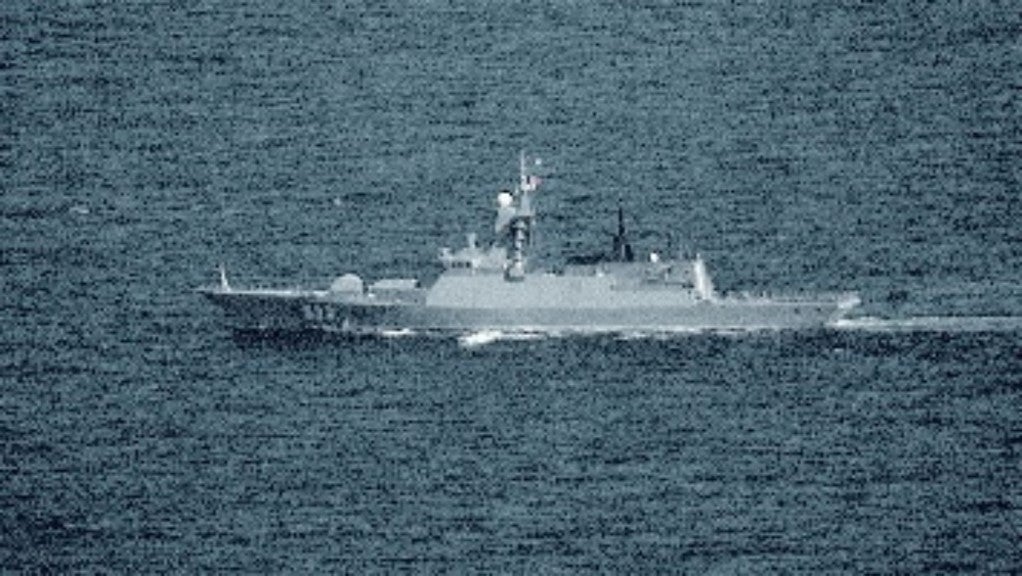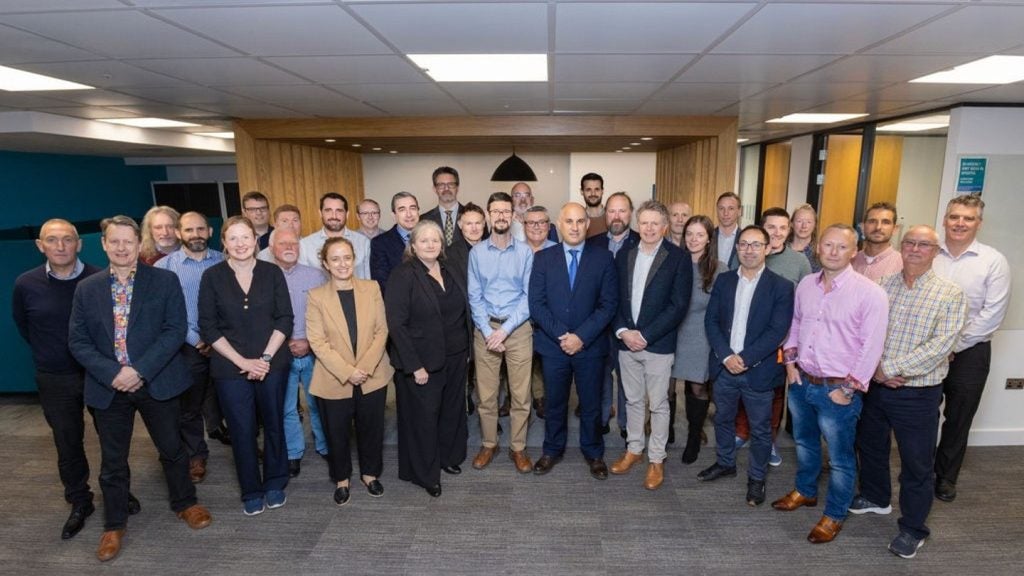
The UK Royal Air Force’s (RAF) maritime patrol fleet – comprising nine P8-A Poseidon aircraft, according to GlobalData intelligence – conducted regular sorties throughout August, working closely with the Royal Navy and Nato to track various Russian ships operating in close proximity to British waters.
This Intelligence, Surveillance and Reconnaissance (ISR) mission included flying 24 hours a day for multiple days, enabled by support personnel at RAF Lossiemouth.
Several vessels were featured in Russia’s Navy Day event, which was held in St Petersburg on 30th July, others joined from the High North, where Russia’s Defence Minister Sergei Shoigu inspected the nation’s Northern Fleet followed by a maritime exercise in the Arctic.
Russian vessels that traversed the North Sea and North Atlantic incorporated a variety of warships, RAF Poseidon aircraft tracked and photographed the corvettes, Boikiy and Grad, the cruiser Marshal Ustinov, an Udaloy-class destroyer Severomorsk among others.
“This has been a very busy period for the team from across Poseidon and RAF Lossiemouth, once again generating live operations from UK soil,” Wing Commander Livesey, the officer commanding 120 Squadron stated. “The deterrence we have enabled in recent days is important to the UK and Nato, with this a key reason for why Poseidon hold operational readiness 365 days a year.”

ISR mission capabilities – radar and the rise of infrared
The P-8A Poseidon is a multi-mission maritime patrol and reconnaissance aircraft used to conduct long-range maritime and littoral operations, search and rescue missions. It has ISR, anti-submarine warfare and anti-surface warfare capabilities.
How well do you really know your competitors?
Access the most comprehensive Company Profiles on the market, powered by GlobalData. Save hours of research. Gain competitive edge.

Thank you!
Your download email will arrive shortly
Not ready to buy yet? Download a free sample
We are confident about the unique quality of our Company Profiles. However, we want you to make the most beneficial decision for your business, so we offer a free sample that you can download by submitting the below form
By GlobalDataThe UK contracted Boeing to deliver nine P-8A Poseidon aircraft, of which the first one was delivered in November 2019.
The RAF P-8 units use the AN/APY-10 radar that provides the synthetic aperture radar mode capability for imaging, detection, classification and identification of stationary ships and small vessels as well as for coastal and overland surveillance. It also provides high-resolution imaging synthetic aperture radar (ISAR) mode for imaging, detection, classification and tracking of surfaced submarines and small, fast-moving vessels that operate in coastal waters.
However, recently the US government approved a Foreign Military Sales agreement to Taiwan to fit infrared search and track systems (IRST) on the state’s F-16 Falcon Fighter jets.
Leading intelligence consultancy GlobalData suggests that the integration of technologically advanced electro-optical/infrared (EO/IR) systems into modern warfare platforms to obtain information superiority and situational awareness is expected to be a major factor driving the expenditure in this sector. The company says the global EO/IR systems market was valued at $9.2bn in 2021 and it forecasts a compound annual growth rate of 3.43% to reach a value of $12.9bn by 2031.
While sophisticated radar systems like the P-8’s AN/APY-10 have proven effective in the RAF’s tracking of Russian warships, the rise of EO/IR systems may well become an additional appendage as GlobalData Aerospace and Defence Analyst James Marques commented, “radars can be jammed by electronic warfare but because IRST is essentially a type of camera, it’s difficult to defeat as a tracking method.”







